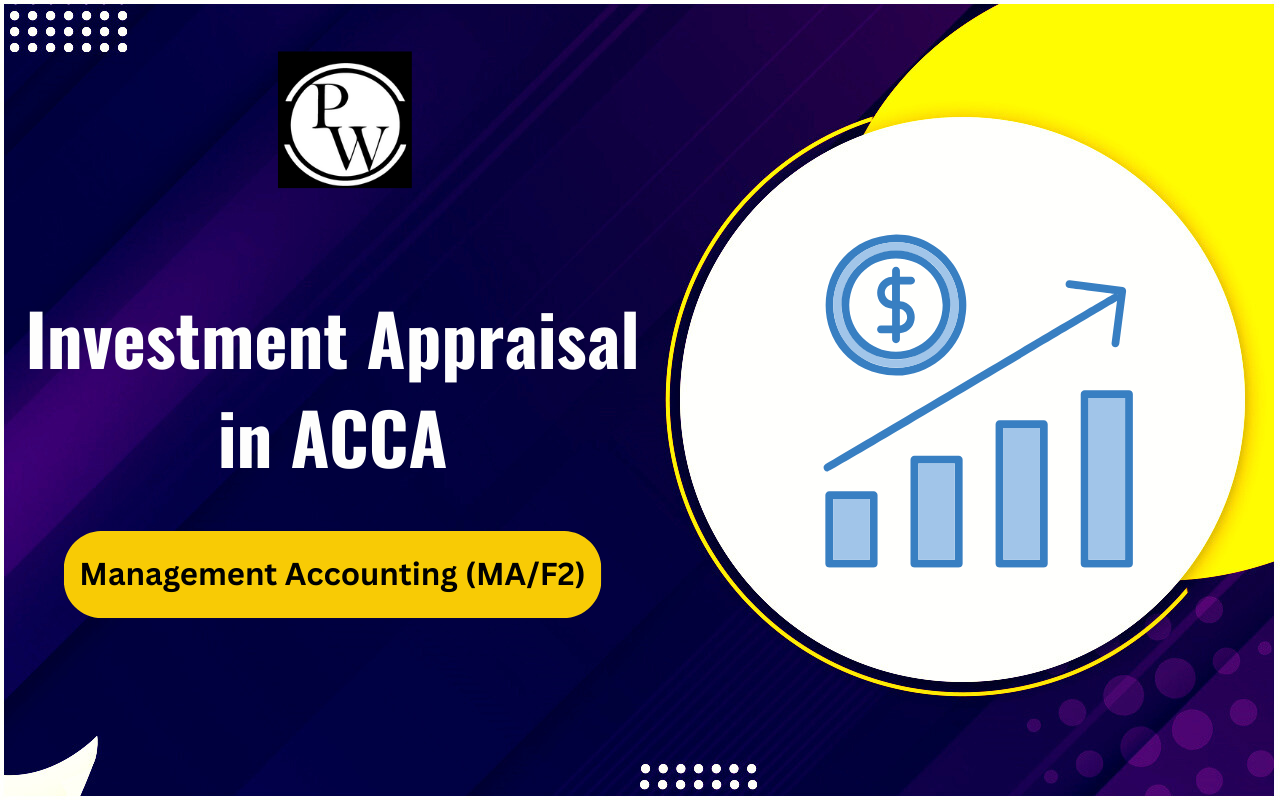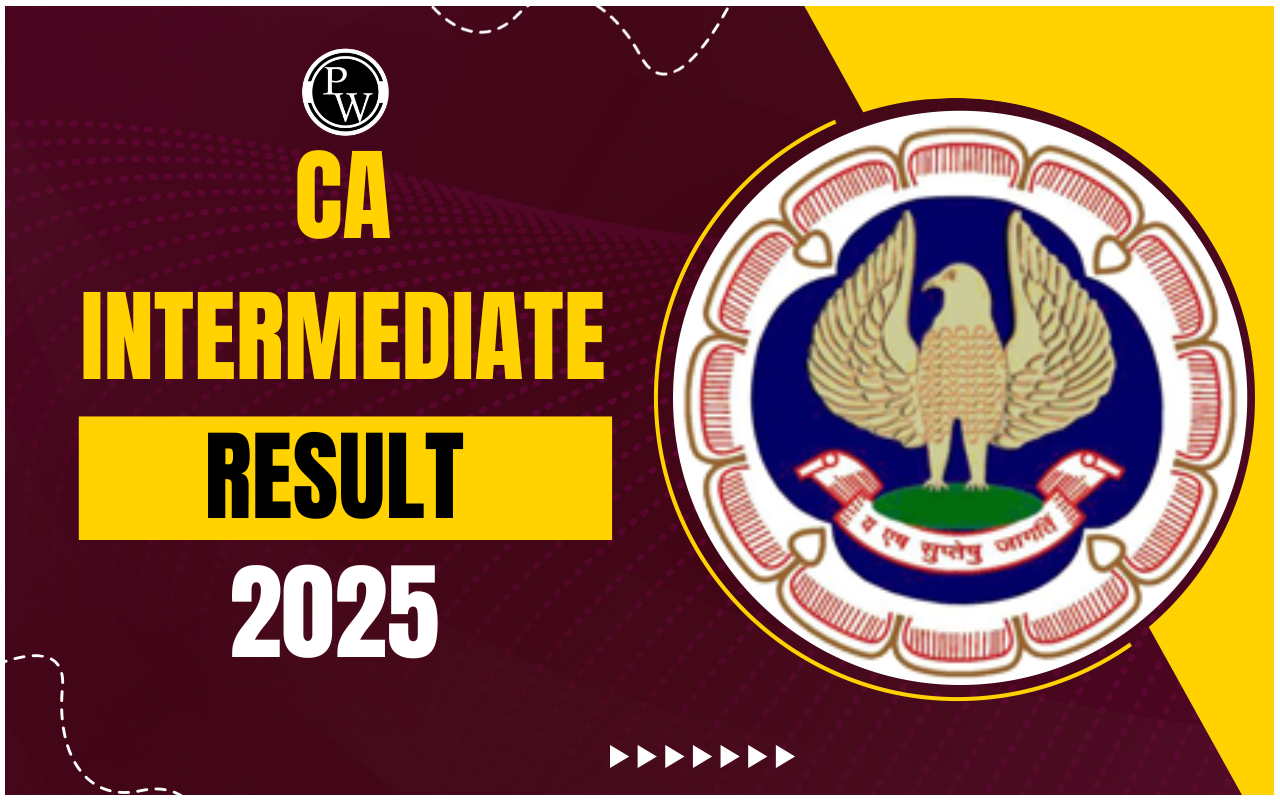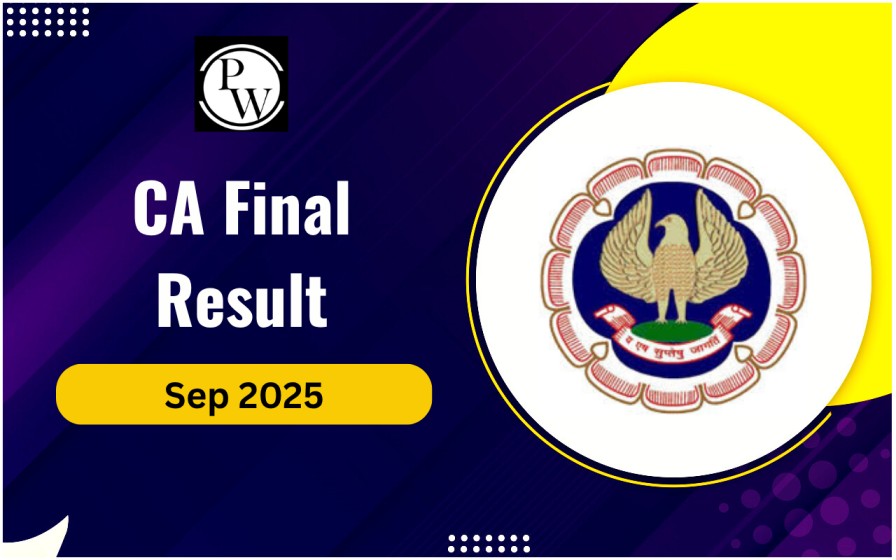
Cash flow management is a vital skill for anyone looking to succeed in the financial world, especially for those aiming to become Chartered Accountants (CAs). As graduate students preparing for the CA Exam, understanding cash flow management can provide a solid foundation for your future career. This guide will delve into the essentials of cash flow management, offering practical tips and insights to help you excel.
What is Cash Flow Management?
Cash flow management involves tracking, analyzing, and optimizing the net amount of cash receipts minus cash expenses over a given period. Effective cash flow management ensures that a business can meet its obligations and avoid liquidity issues. For aspiring CAs, mastering this concept is crucial as it plays a pivotal role in financial planning and business strategy.Why Cash Flow Management Matters?
Understanding cash flow management is not just about passing exams; it's about gaining a practical skill that will be invaluable in your career. Poor cash flow can lead to insolvency, even if a business is profitable on paper. Therefore, it’s essential to grasp the intricacies of cash flow to make informed decisions.| Also Check: | |
| Management Accounting | Financial Accounting |
| Auditing and Assurance | Taxation |
| Financial Management | Business Laws and Ethics |
| Social Accounting | Environmental Accounting |
Elements of Cash Flow Management
The following are the elements of cash flow management:1. Cash Flow Forecasting
Cash flow forecasting is predicting the future financial position of a business by estimating future cash inflows and outflows. This process helps businesses prepare for any cash shortages and plan for surpluses effectively.2. Managing Receivables and Payables
Managing receivables and payables efficiently is key to ensuring a steady cash flow. By ensuring timely collections from customers and extending payment terms with suppliers, businesses can improve their cash position.3. Maintaining Cash Reserves
Having a cash reserve acts as a financial cushion for unexpected expenses. It’s an essential part of cash flow management that helps businesses stay afloat during tough times.4. Expense Management
Expense management involves monitoring and controlling business expenses to prevent cash flow problems. Keeping costs under control is vital for sustaining long-term financial health.5. Leveraging Financing Options
Using financing options like loans or credit lines can provide immediate cash to cover short-term needs, thereby smoothing out cash flow fluctuations.Tips for Effective Cash Flow Management
The following are the tips for effective cash flow management:1. Regular Monitoring
Consistently monitor your cash flow to identify patterns and potential issues. Use financial software or spreadsheets to keep track of cash inflows and outflows.2. Invoice Promptly
Send out invoices immediately after a service is rendered or goods are delivered. Sending out invoices promptly means you'll receive payment faster.3. Offer Discounts for Early Payments
You can motivate customers to pay sooner by giving them small discounts. This can improve your cash flow by accelerating receivables.4. Negotiate Payment Terms
Negotiate longer payment terms with your suppliers while maintaining shorter payment terms with your customers. This strategy can help bridge the cash flow gap.5. Prepare for Seasonal Fluctuations
If your business experiences seasonal changes, plan your cash flow accordingly. Ensure you have enough cash reserves to cover the low-revenue periods.Importance of Cash Flow Management in CA Preparation
For CA students, cash flow management is more than a theoretical concept. It’s a practical skill that will be tested both in exams and in real-world scenarios. Understanding how to manage cash flow can give you an edge in your CA studies and your future career. To excel in crucial financial skills, consider enrolling in PW CA Coaching. Our comprehensive program is designed to help you crack the CA exam with ease. With expert guidance, practical insights, and rigorous training, PW CA Coaching prepares you to handle complex financial challenges confidently.| Also Check | |
| Accounting Standards | Investment Analysis and Portfolio Management |
| Corporate Financial Reporting | Corporate Tax Planning |
| Business Valuation | Transfer Pricing |
Cash Flow Management FAQs
What is cash flow management?
Why is cash flow management important for businesses?
How can graduate students benefit from learning cash flow management?
What are some tips for managing cash flow effectively?










